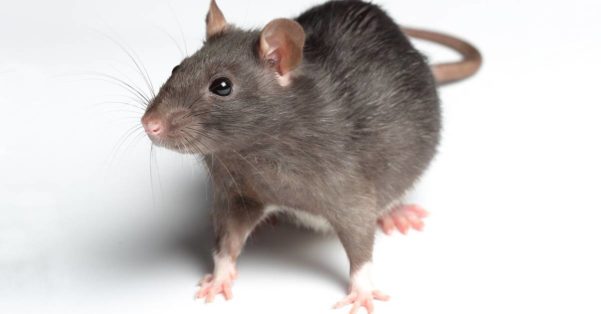Roof rats consume about 1 ounce of water daily.
Roof rat nesting habits.
They like to nest above ground compared to other types of rats that nest underground in burrows.
They ruin insulation by chewing it matting it down and peeing and crapping all over it.
Look closely in areas such as your attic garage and patio.
They may also eat on food provided to domesticated animals like cows chickens and even canine and feline food.
Females become sexually mature in 68 90 days with 5 8 pups.
These rodents can get to the roof from the branches of trees.
Roof rats are primarily nocturnal and thrive in cool weather.
Trim all tree branches to further prevent.
If you suspect that you might have a roof rat take a tour around your property and look for potential nesting spots.
They will nest in trees attics voids.
Because the roof rats climb well common nesting sites are above the ground.
To prevent a roof rats from nesting in your home make sure that all windows and vents are screened.
Rats habits and biology the roof rats become sexually mature in just a couple months.
There are many key indicators of a roof rat infestation in the home.
Human homes are attractive to wild rats because they provide heat food and a place to.
Attic rats nest in the insulation.
Roof rats signs of an infestation.
Dense vegetation lush.
First and foremost seeing.
They forage for food in small groups of up to ten.
Here s how homeowners can help prevent roof rat infestations.

